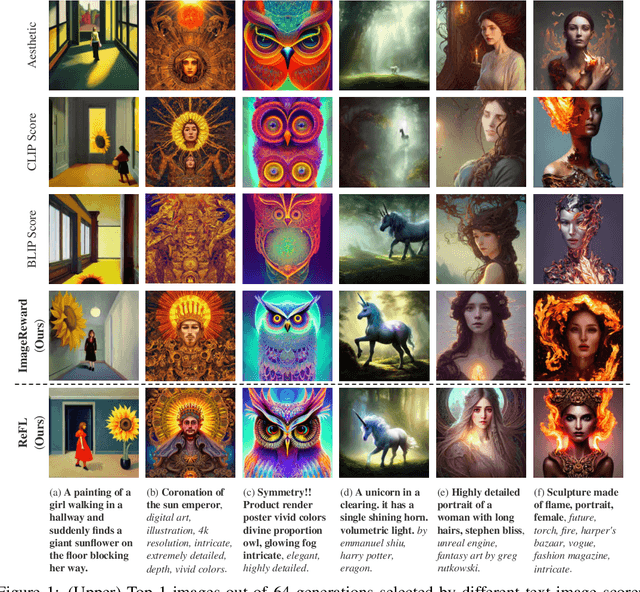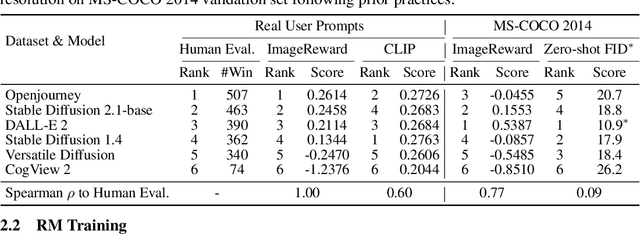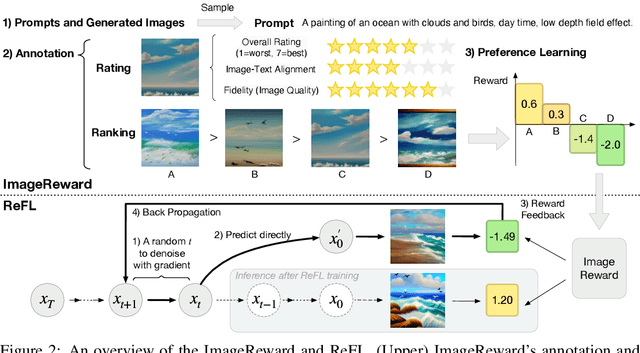Yuxuan Tong
DAPO: An Open-Source LLM Reinforcement Learning System at Scale
Mar 18, 2025Abstract:Inference scaling empowers LLMs with unprecedented reasoning ability, with reinforcement learning as the core technique to elicit complex reasoning. However, key technical details of state-of-the-art reasoning LLMs are concealed (such as in OpenAI o1 blog and DeepSeek R1 technical report), thus the community still struggles to reproduce their RL training results. We propose the $\textbf{D}$ecoupled Clip and $\textbf{D}$ynamic s$\textbf{A}$mpling $\textbf{P}$olicy $\textbf{O}$ptimization ($\textbf{DAPO}$) algorithm, and fully open-source a state-of-the-art large-scale RL system that achieves 50 points on AIME 2024 using Qwen2.5-32B base model. Unlike previous works that withhold training details, we introduce four key techniques of our algorithm that make large-scale LLM RL a success. In addition, we open-source our training code, which is built on the verl framework, along with a carefully curated and processed dataset. These components of our open-source system enhance reproducibility and support future research in large-scale LLM RL.
Demystifying Long Chain-of-Thought Reasoning in LLMs
Feb 05, 2025Abstract:Scaling inference compute enhances reasoning in large language models (LLMs), with long chains-of-thought (CoTs) enabling strategies like backtracking and error correction. Reinforcement learning (RL) has emerged as a crucial method for developing these capabilities, yet the conditions under which long CoTs emerge remain unclear, and RL training requires careful design choices. In this study, we systematically investigate the mechanics of long CoT reasoning, identifying the key factors that enable models to generate long CoT trajectories. Through extensive supervised fine-tuning (SFT) and RL experiments, we present four main findings: (1) While SFT is not strictly necessary, it simplifies training and improves efficiency; (2) Reasoning capabilities tend to emerge with increased training compute, but their development is not guaranteed, making reward shaping crucial for stabilizing CoT length growth; (3) Scaling verifiable reward signals is critical for RL. We find that leveraging noisy, web-extracted solutions with filtering mechanisms shows strong potential, particularly for out-of-distribution (OOD) tasks such as STEM reasoning; and (4) Core abilities like error correction are inherently present in base models, but incentivizing these skills effectively for complex tasks via RL demands significant compute, and measuring their emergence requires a nuanced approach. These insights provide practical guidance for optimizing training strategies to enhance long CoT reasoning in LLMs. Our code is available at: https://github.com/eddycmu/demystify-long-cot.
ImageReward: Learning and Evaluating Human Preferences for Text-to-Image Generation
Apr 13, 2023



Abstract:We present ImageReward -- the first general-purpose text-to-image human preference reward model -- to address various prevalent issues in generative models and align them with human values and preferences. Its training is based on our systematic annotation pipeline that covers both the rating and ranking components, collecting a dataset of 137k expert comparisons to date. In human evaluation, ImageReward outperforms existing scoring methods (e.g., CLIP by 38.6\%), making it a promising automatic metric for evaluating and improving text-to-image synthesis. The reward model is publicly available via the \texttt{image-reward} package at \url{https://github.com/THUDM/ImageReward}.
 Add to Chrome
Add to Chrome Add to Firefox
Add to Firefox Add to Edge
Add to Edge